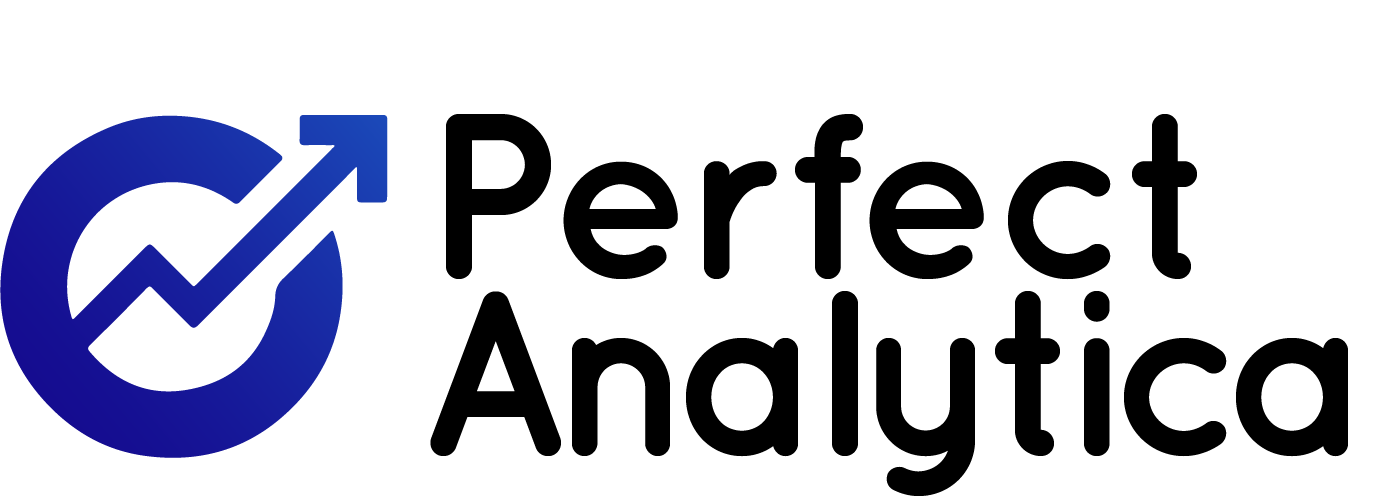Driving more revenue with digital marketing services requires a strategic approach that integrates various tactics to attract, engage, and convert potential customers. Here’s a step-by-step guide on how to do it effectively:
- Define Your Goals: Clearly outline your revenue objectives. Do you want to increase sales, generate leads, or improve customer retention? Your goals will shape your digital marketing strategy.
- Understand Your Audience: Develop detailed buyer personas to understand your target audience’s demographics, preferences, pain points, and behaviors. This insight will help tailor your marketing efforts to resonate with them.
- Optimize Your Website: Ensure your website is user-friendly, mobile-responsive, and optimized for search engines (SEO). Improve page load times, navigation, and create compelling landing pages to drive conversions.
- Content Marketing: Create high-quality, relevant content that educates, entertains, or solves problems for your audience. This could include blog posts, videos, infographics, or whitepapers. Share your content across various channels to increase visibility and attract traffic.
- Social Media Marketing: Utilize social media platforms to engage with your audience, build brand awareness, and drive traffic to your website. Tailor your content to each platform and use paid advertising to target specific demographics or interests.
- Email Marketing: Develop personalized email campaigns to nurture leads and encourage repeat purchases. Segment your email list based on demographics, purchase history, or engagement level for better targeting and results.
- Pay-Per-Click (PPC) Advertising: Launch targeted PPC campaigns on platforms like Google Ads or Bing Ads to increase visibility and drive qualified traffic to your website. Continuously monitor and optimize your campaigns for maximum ROI.
- Conversion Rate Optimization (CRO): Analyze user behavior on your website to identify areas for improvement in the conversion funnel. Test different elements such as headlines, calls-to-action, and forms to optimize conversion rates.
- Customer Relationship Management (CRM): Implement a CRM system to track and manage customer interactions throughout the sales cycle. Use data insights to personalize marketing messages and improve customer retention.
- Analytics and Measurement: Regularly monitor key performance indicators (KPIs) such as website traffic, conversion rates, customer acquisition cost (CAC), and customer lifetime value (CLV). Use analytics tools to gain insights into your audience’s behavior and adjust your strategy accordingly.
- Continuous Improvement: Digital marketing is constantly evolving, so stay updated on industry trends, algorithm changes, and new technologies. Experiment with different strategies and tactics to identify what works best for your business.
By implementing these strategies and continually refining your approach based on data-driven insights, you can drive more revenue and achieve your business goals through digital marketing services.


